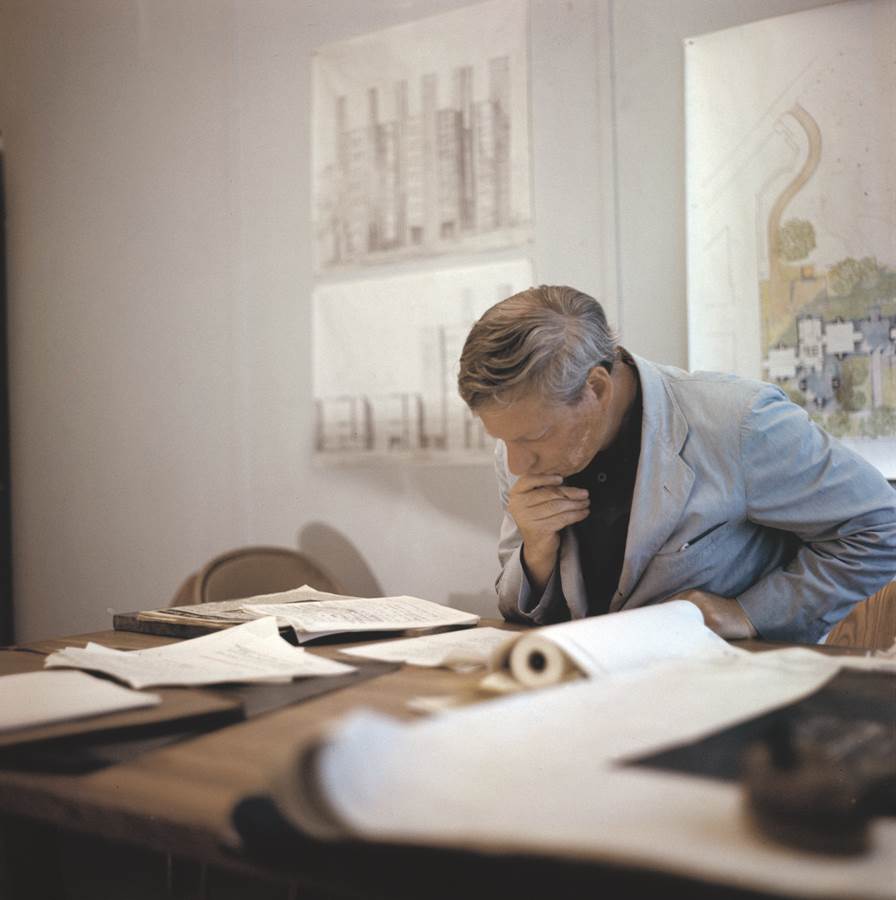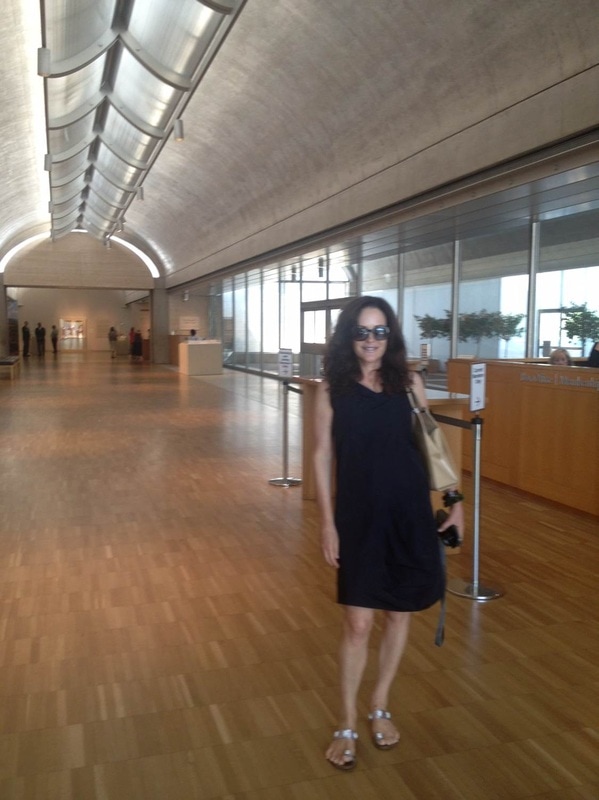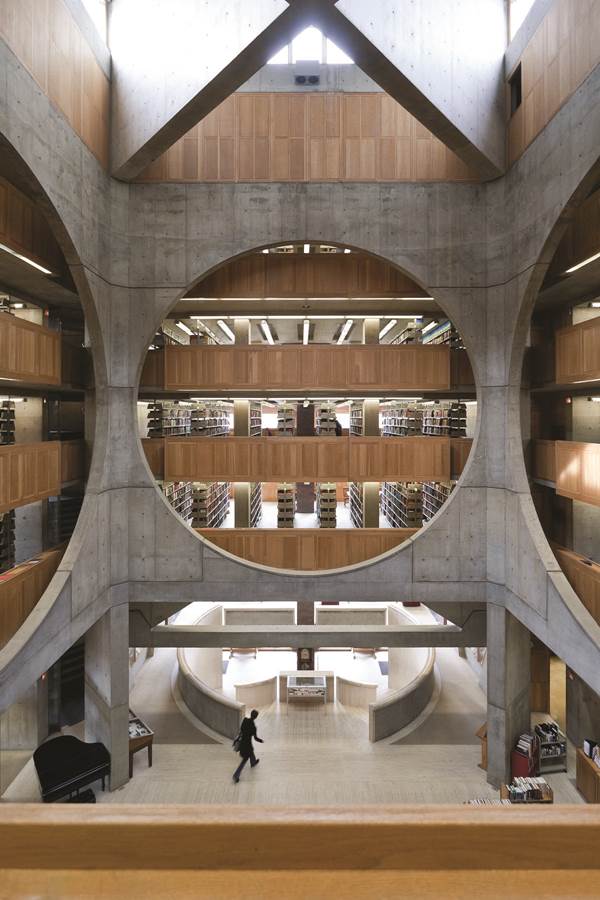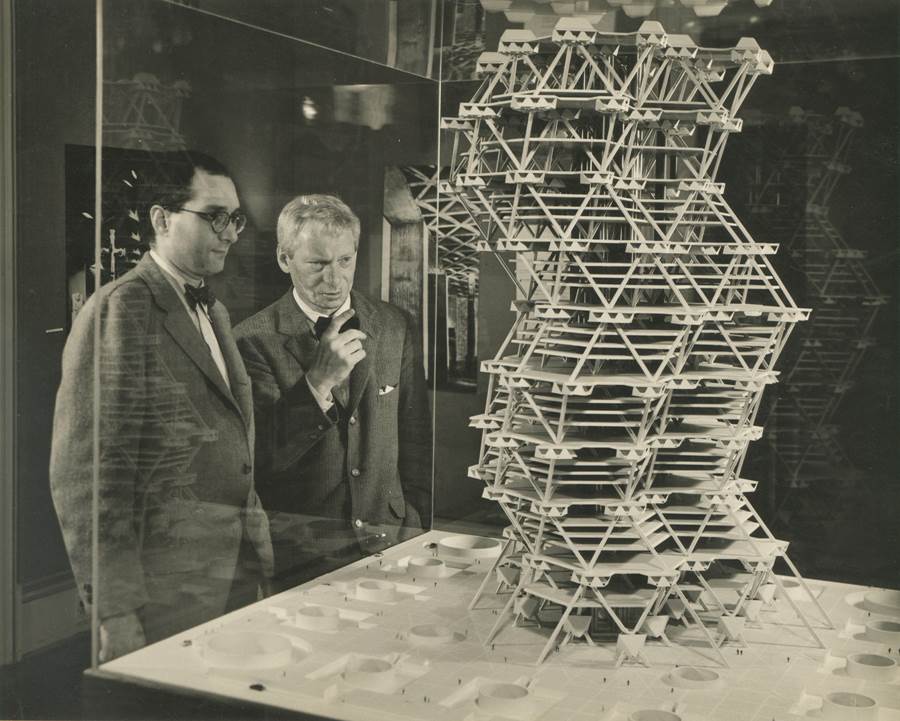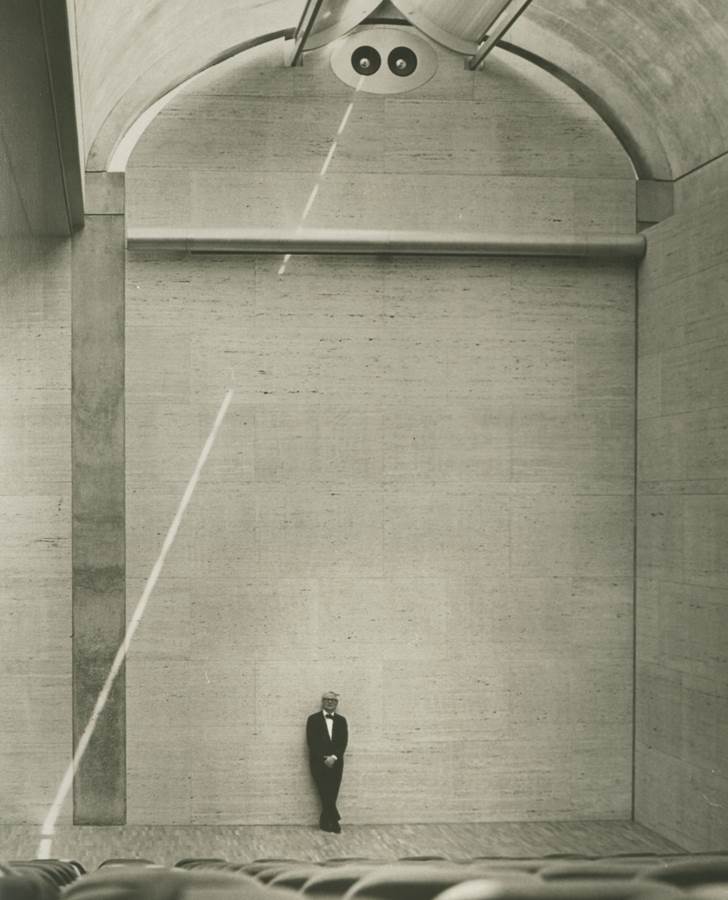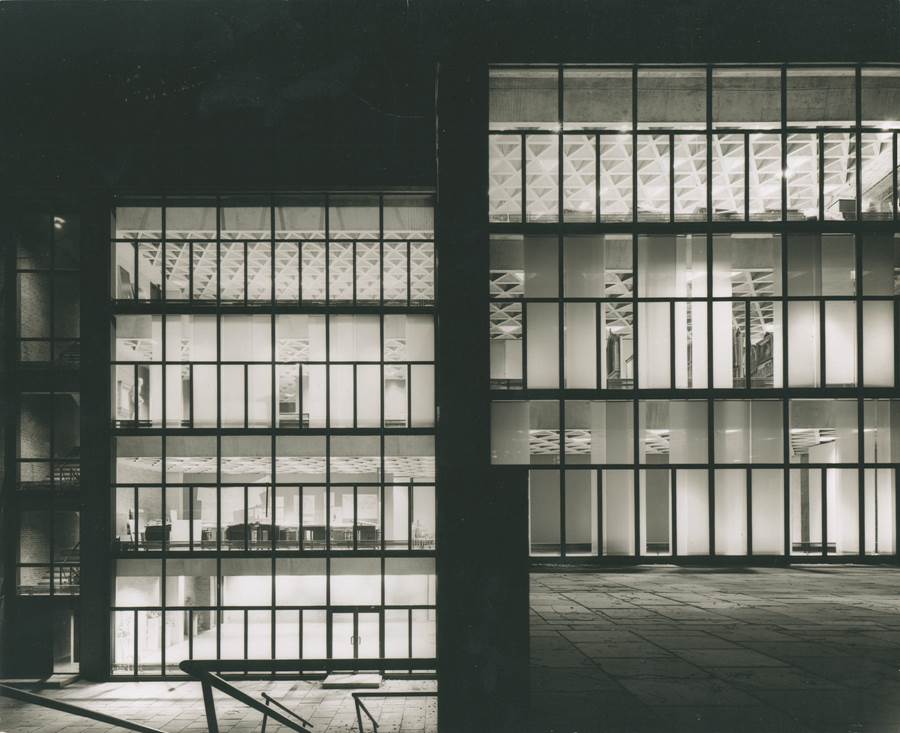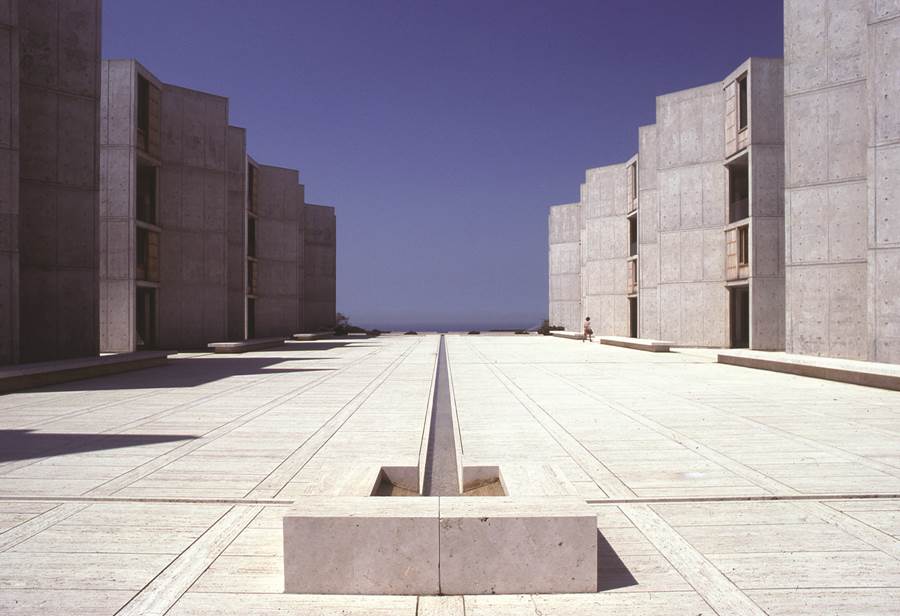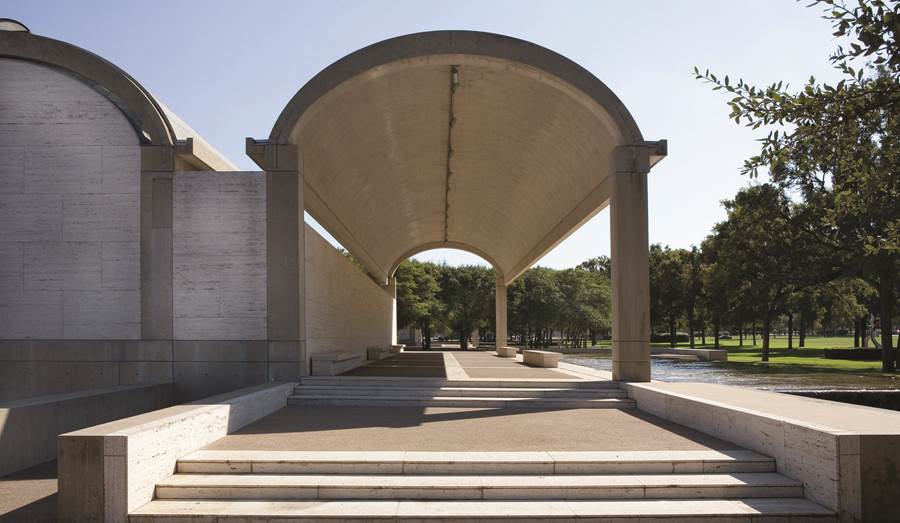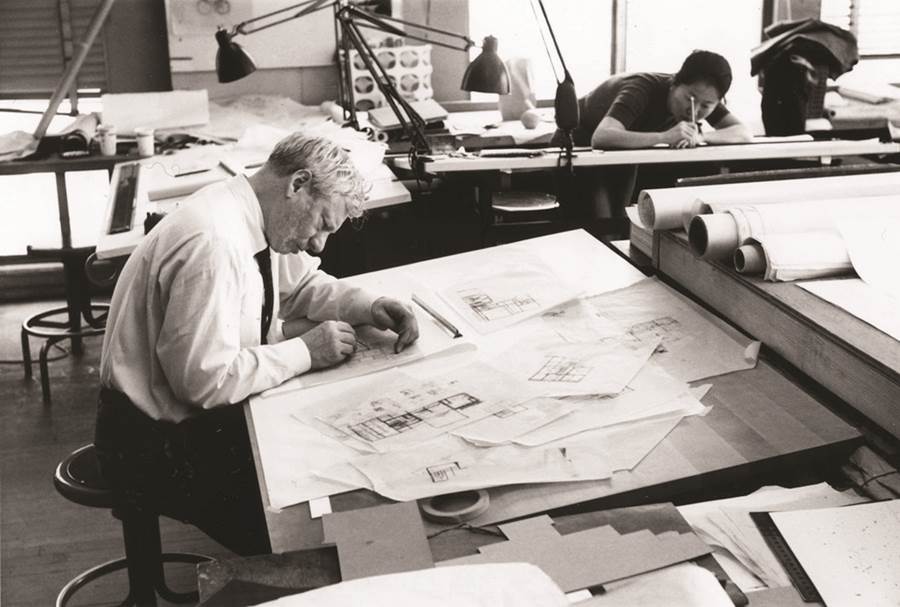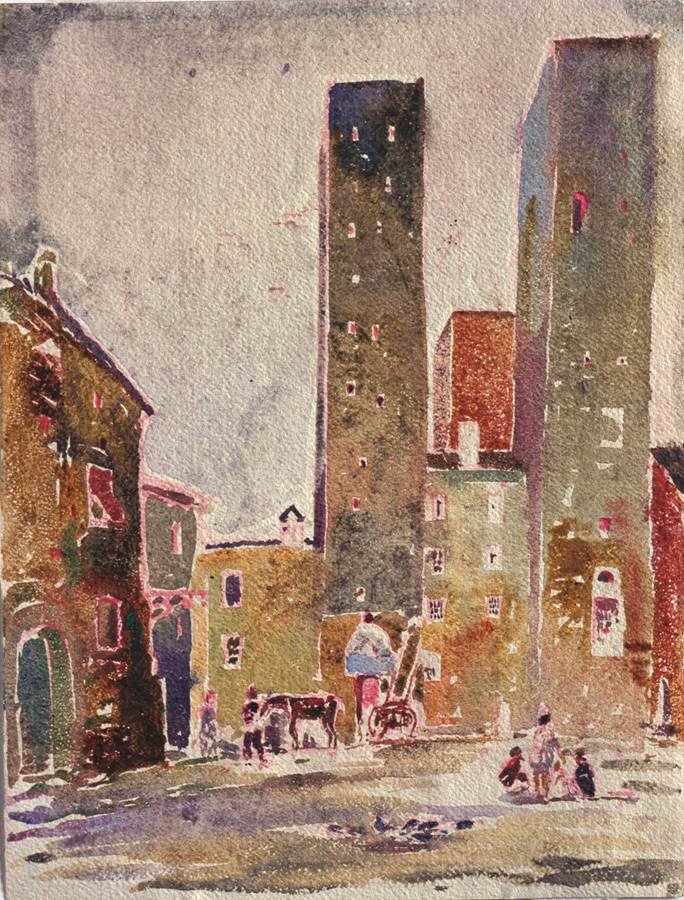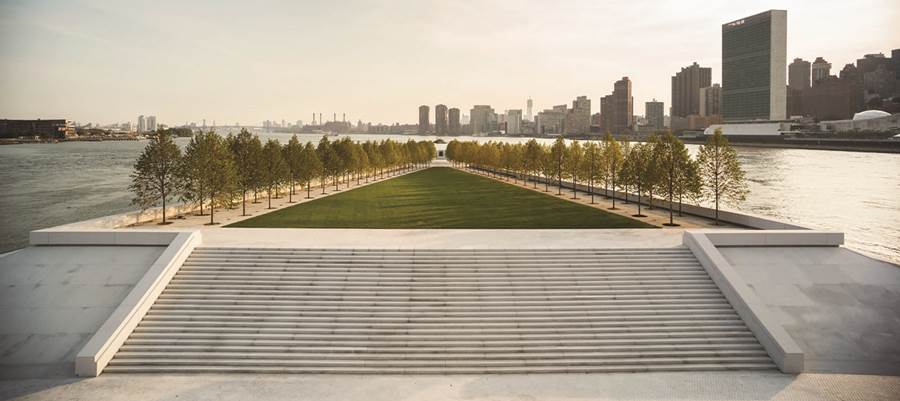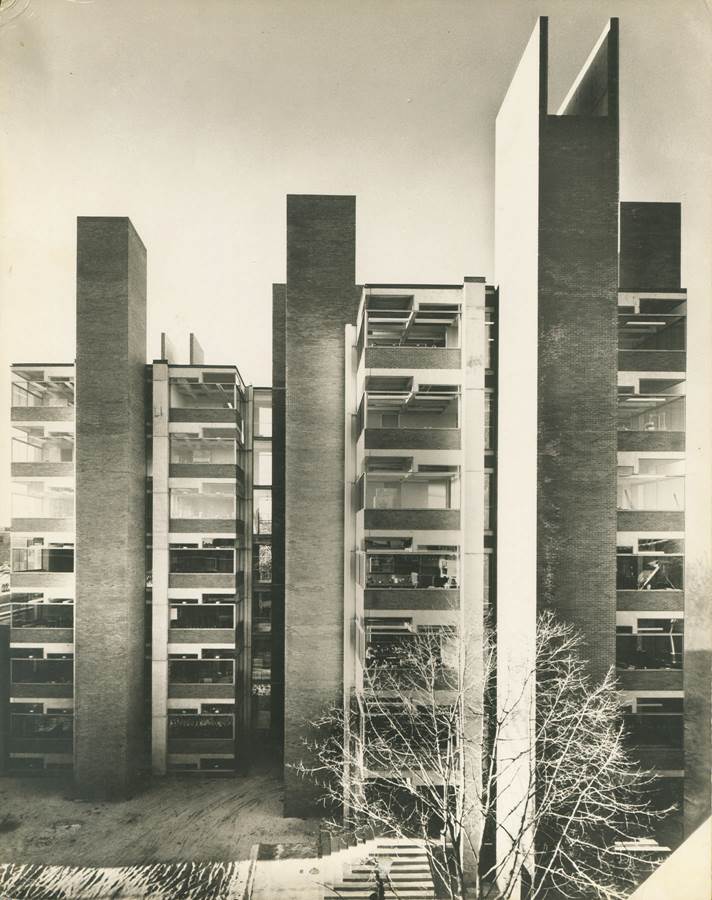Even if one doesn’t agree that Louis Kahn (1901-74) was the best architect of the mid-century years, one cannot disagree that the American architect has been the most admired by architects worldwide, the most influential. There is no better museum in the US to present a retrospective of Kahn’s triumphant career other than the Kimbell Art Museum in Fort Worth, TX, because it is here, that Kahn created his masterpiece of light, known also as the most beautiful modern museum in America, perhaps in the world, built between 1966 and 1972. The exhibition ‘Louis Kahn: The Power of Architecture,’ which will open at the Kimbell next month comes to survey his career and to summarize his powerful, poetic, monumental, universal architecture. Through his iconic buildings, the National Assembly in Dacca, the Four Freedom Park, the Library of Phillips Exeter Academy, the Salk Institute, and the Yale Art Gallery, just to name a few, the exhibition comes to reveal the secret behind the man who has been called the poet of the architecture world. It focuses on his relationship to his hometown Philadelphia, on the relationship he established with landscape, and on his connection with such key traditions of modern architecture as the École des Beaux-Arts, the rationalism of the 19th century, the Arts and Crafts Movement, and Modernism.

